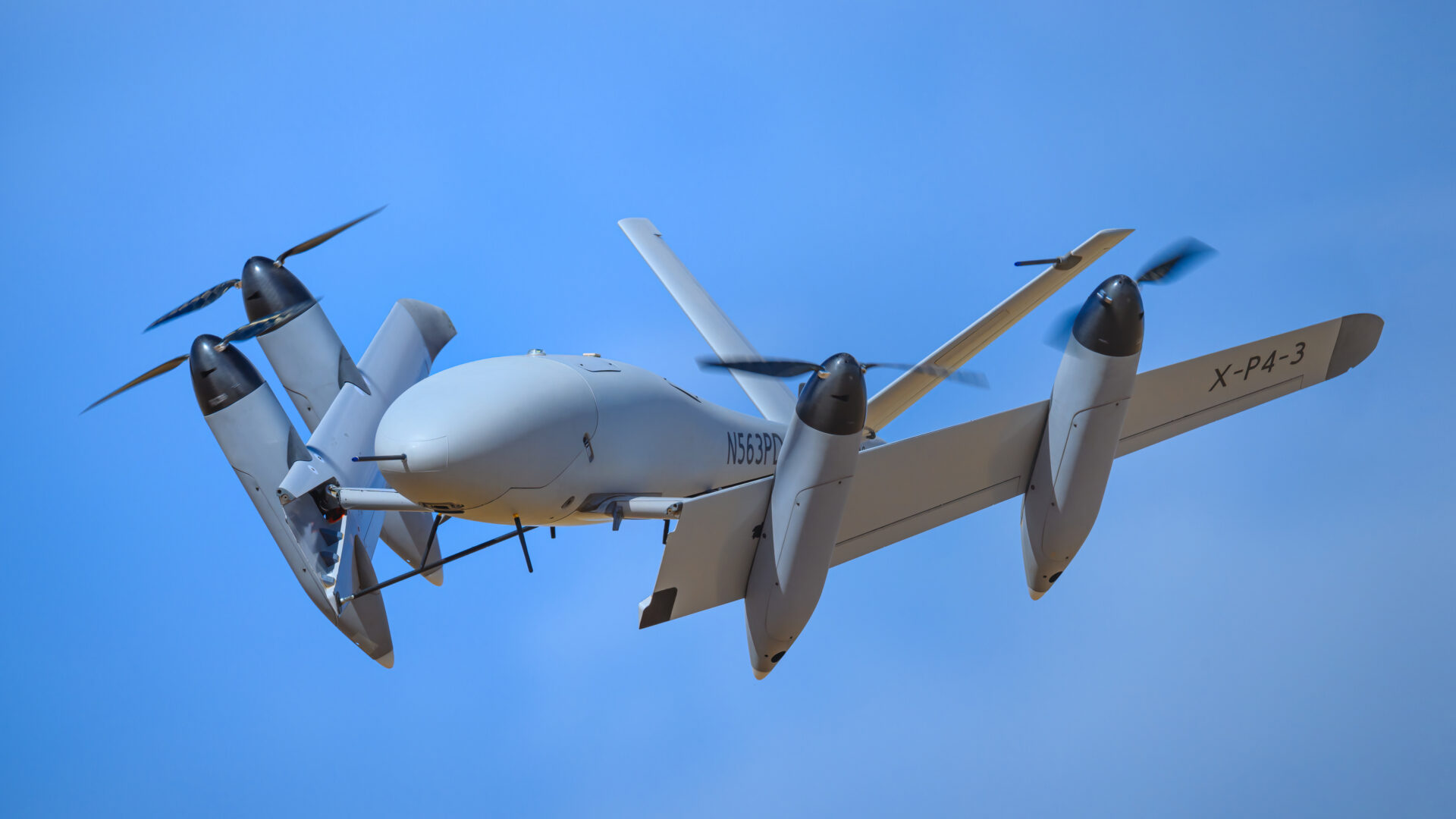Babcock, PteroDynamics to Explore Military UAS Business in Australia, New Zealand

- by Admin
- December 12, 2024

Babcock has partnered with Colorado-based PteroDynamics Inc. to explore opportunities for tactical unmanned aerial systems (UAS) in Australia and New Zealand.
The consortium will combine Babcock’s industrial experience in both countries with Ptero’s patented aerial drone offering, the Transwing vertical takeoff and landing (VTOL) platform.
The team’s initial step is to introduce Ptero’s VTOL system to the market in Oceania as the American company provides training to Babcock experts in preparation for future in-country drone support contracts.
One of the collaboration’s recent milestones was the demonstration of the Transwing UAS at a military exercise in the Pacific in July, in which the system showcased its ship-to-ship and ship-to-shore logistics capability aboard a US Navy guided missile destroyer.
This biennial event is attended by approximately 25,000 troops from over 20 countries, including Australia.

“Australia and New Zealand are leaders in the advancement of autonomous UAS, and opportunities for the Transwing in the region’s civil, defence and commercial sectors will expand quickly,” PteroDynamics CEO Matthew Graczyk stated.
“Babcock is a world-class organization with decades of experience and deep working relationships with key customers. We are excited to explore together new ways to meet current and future needs of operators in a region of growing strategic importance.”
Ptero’s Transwing UAS
Ptero’s Transwing weighs 90 pounds (41 kilograms) and has a payload capacity of 15 pounds (7 kilograms).
It is powered by an electric engine with a top speed of 100 knots (185 kilometers/115 miles per hour) and a range of 60 nautical miles (111 kilometers/69 miles).
The 7-foot (2-meter) drone can reach an altitude of 10,000 feet (3,048 meters) and has a flight endurance of one hour.
“This type of advanced technology has any number of applications, including surveillance, infrastructure management and disaster relief,” Babcock Australasia Aviation & Critical Services Managing Director Duncan Milne explained.
“The Transwing’s VTOL and wing-borne performance characteristics could also be of strategic use in the littoral environment…where logistics and resupply missions in remote locations are currently undertaken by crewed aircraft. There are also many advantages in civil enterprise.”
Before its decision to offer the Transwing to Australia and New Zealand, Ptero revealed earlier this year that it had signed agreements to distribute the VTOL system to Japan, the UK, the UAE, and Saudi Arabia.
In July, the company completed a separate Transwing demonstration at a multinational military aerospace convention in England and accepted a deal to continue testing the aircraft for the US Air Force.

The Latest News
-
December 22, 2024Zheng to skip United Cup, focus on Aussie Open
-
December 22, 20242024 runner-up Qinwen Zheng pulls out of Australian Open lead-in event
-
December 22, 2024Cricket Australia ‘disgraced’ by fans after ’embarrassing’ BBL visual; Sam Konstas flops before potential debut vs India
-
December 22, 2024‘I want to be out there’: Webster’s long wait for Test debut could be over with Marsh’s all-round capability clouded
-
December 22, 2024China’s Zheng to skip United Cup, needs ‘extra rest’ ahead of Australian Open


